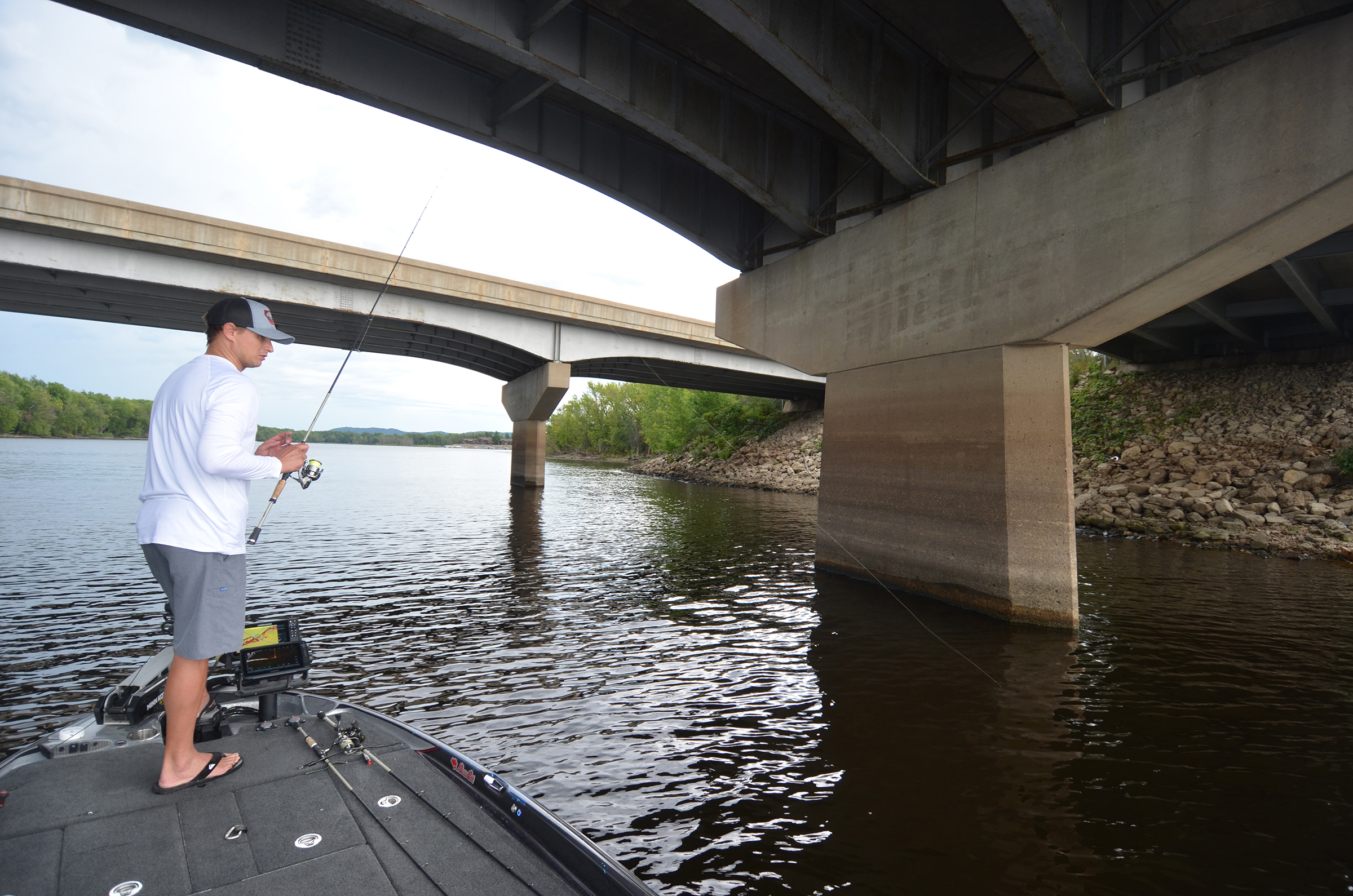
Oklahoman Matt Pangrac is competing in all nine Bassmaster Opens again in 2023 with the goal of qualifying for the Elite Series. Given the overwhelming fishing pressure these large-field events put on tournament waters, he often employs a Neko rig to pickoff lure-shy bass.
“I don’t think fish can get conditioned to a Neko rig,” Pangrac said. “It’s very natural and never falls exactly the same way twice. The bass can’t get sensitized to it as they can with something like a bladed jig or crankbait.
“And, if there are any bass in an area you’re fishing in practice, you’ll get some feedback with a Neko rig. It’s easy to fish past bass with other baits.”
Pangrac relies on three Neko variations to deal with different fishing situations. All of them make use of the 6-inch Finesse Worm from Big Bite Baits, mainly in the Tilapia and Green Pumpkin hues. Although many pros prefer thicker soft plastic stickbaits for Neko rigging, Pangrac prefers the thinner Finesse Worm because it has more action and its movements are more unpredictable.
The drawback with a finesse worm is that it does not skip well, Pangrac pointed out. For skipping presentations, a fat stickbait is the way to go.
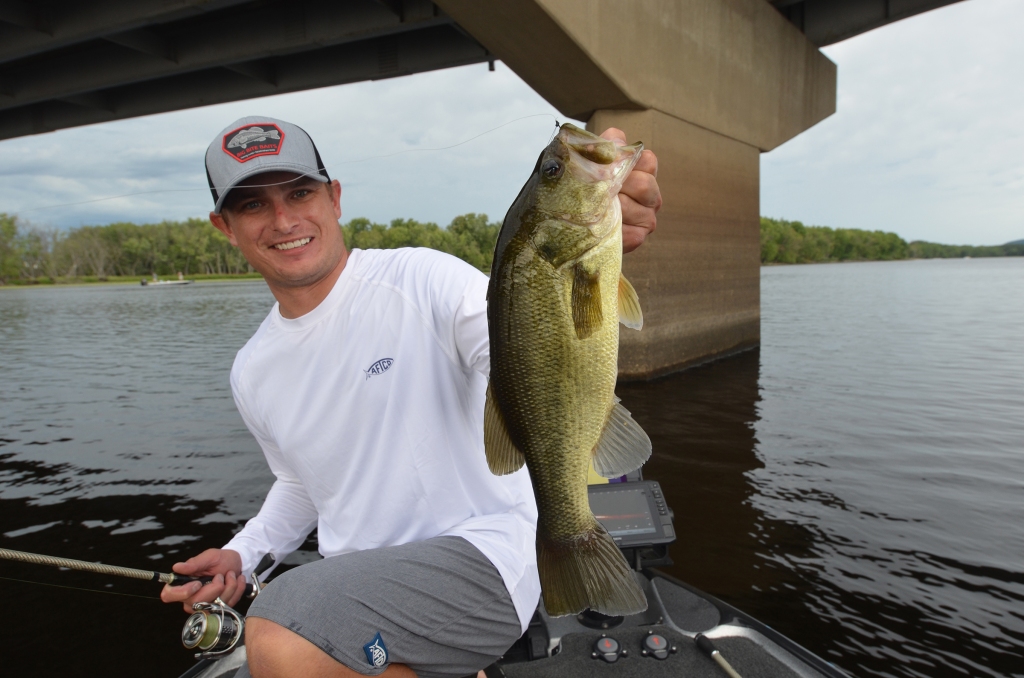
Neko rig 1
Pangrac fabricates his primary “all-around” Neko rig with the Finesse Worm, a 1/0 Gamakatsu G-Finesse Stinger Weedless Wacky Hook and a 1/16-ounce tungsten nail weight. He threads sideways through the worm slightly closer to the tail.
“That makes the worm fall better and prevents it from folding over when you twitch it,” Pangrac said. “It lets you shake the tail to get more of an erratic action.”
The thin, tiny, tungsten weight allows Pangrac to insert it straight into the nose of the worm or at an angle, which puts a small kink in the nose.
“I like a little a kink because it makes the worm fall differently every time,” Pangrac said. “If shad are around, I want that bait to spiral as it falls to look like a dying baitfish.”
When Pangrac wants the worm to sink straight down, he inserts the weight straight into the head of the worm. He typically does this when targeting a vertical object, such as a dock post.
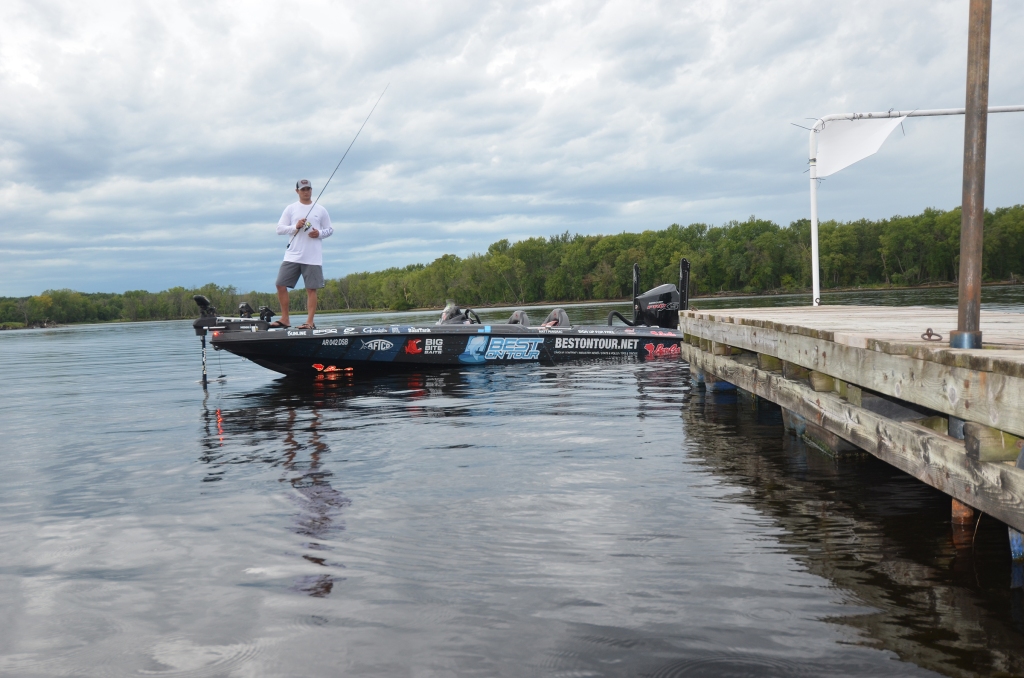
Neko rig 2
When he’s fishing stained water or when bluegill are present Pangrac rigs the Finesse Worm with the same Gamakatsu hook. He dips the tail in chartreuse dye and screws a larger lead 1/16-ounce Neko weight into the head of the worm. He leaves the weight’s fat head exposed so it dings and pings audibly when it contacts wood, dock posts, rock and gravel. The noise alerts the bass to the worm and helps them find it. This type of weight is too large to insert at an angle to kink the worm’s nose.
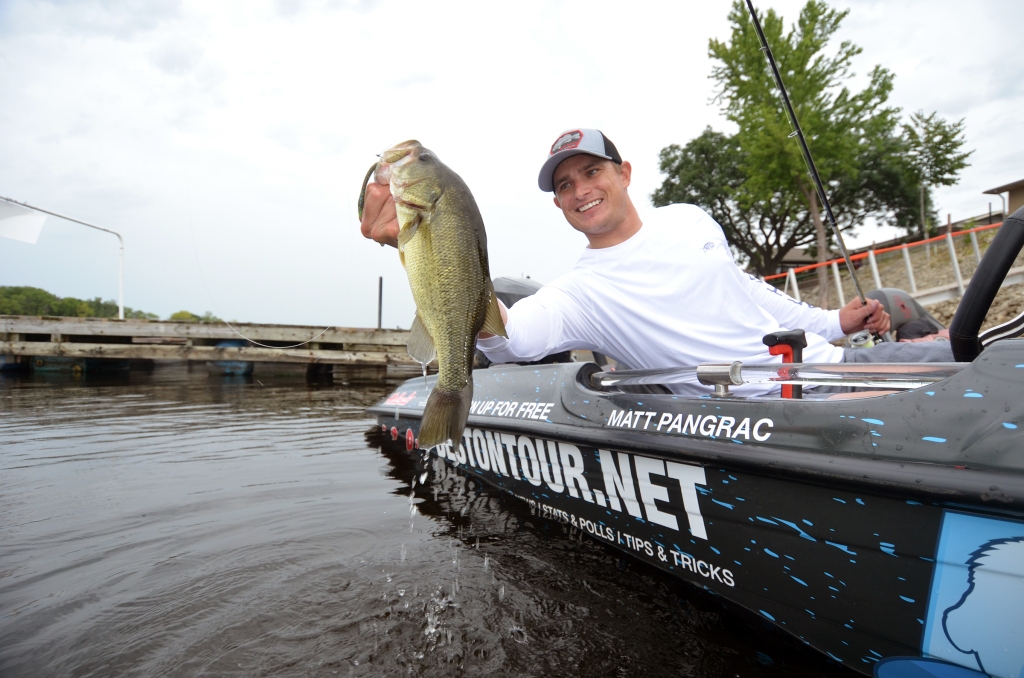
Neko rig 3
When he needs to pluck bass from brushpiles and other cover, Pangrac rigs his Finesse Worm with a 1/0 Gamakatsu G Finesse Cover Neko Hook. As with Neko Rig 1, he inserts a 1/16-ounce tungsten nail weight into the head of the worm. This setup lets him tempt bass with a Neko rig in cover where they don’t normally see this bait.
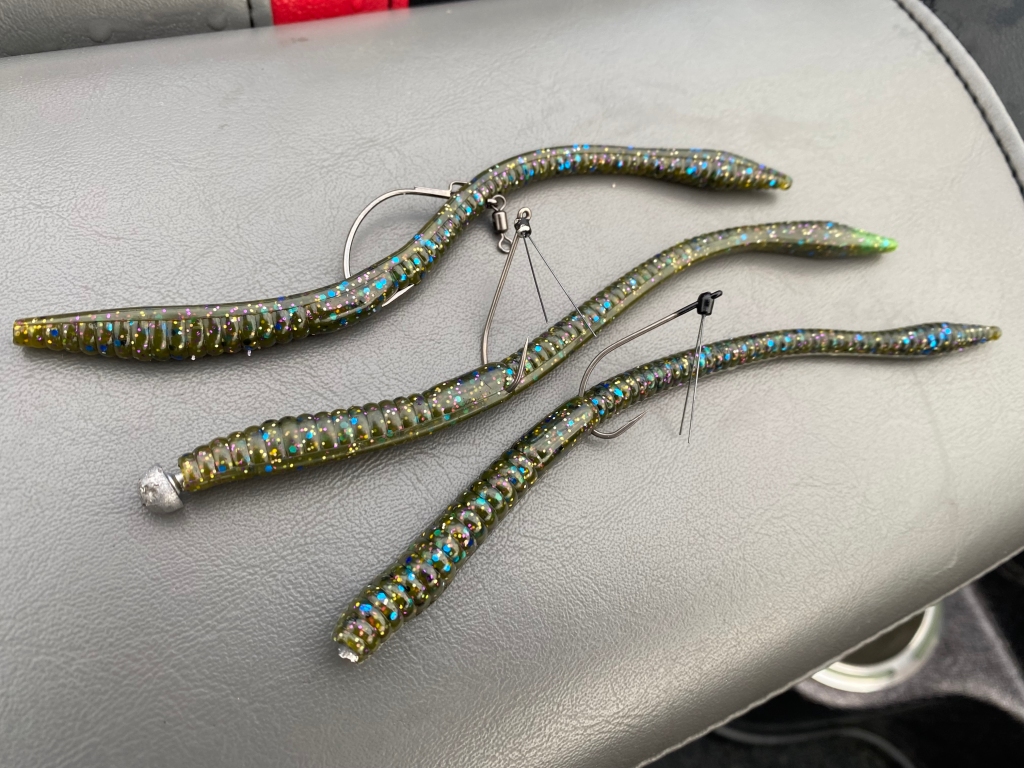
– Neko 1: The all-around performer.
– Neko 2: The dirty water option.
– Neko 3: The heavy cover/big bass option.
Pangrac’s Neko tackle
Because Pangrac typically fishes his Neko rigs around some type of cover for largemouth and spotted bass, he wants a rod that has sufficient backbone to move the fish into open water. A medium-heavy action, 7-foot, 4-inch, Denali spinning rod fills the bill.
He matches the rod with a size 2500 spinning reel filled with 12-pound Sunline SX1 Hi-Vis Yellow Braided Line. A highly visible line is critical when fishing a Neko rig, Pangrac stressed.
“A Neko rig is most effective when it sinks with no tension on the line,” Pangrac said. “That’s when you get most of the bites, and you won’t feel 90% of them. A hi-vis line is a strike indicator like a cork. You can see it moving on the water when a bass takes the bait.”
The braid is knotted to 10-feet of Sunline Shooter Fluorocarbon, which serves as a leader. Eight-pound test gives the worm the most natural free-fall, but Pangrac will go as high as 14-pound test when fishing heavy cover for big bass.
